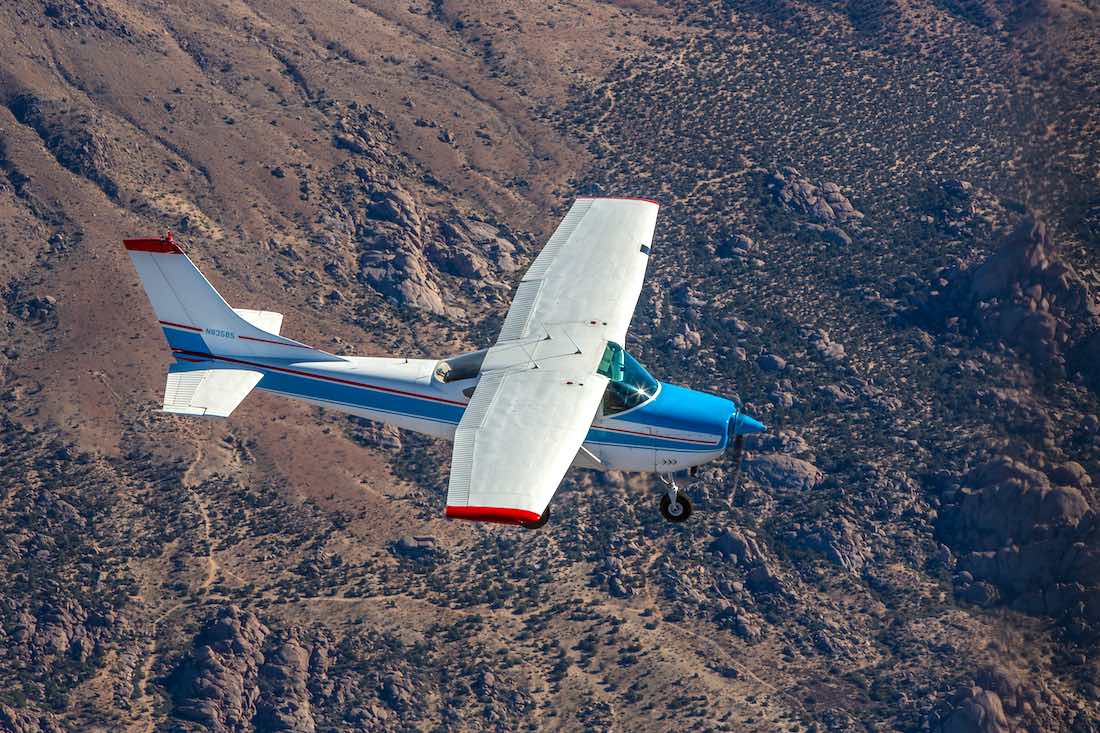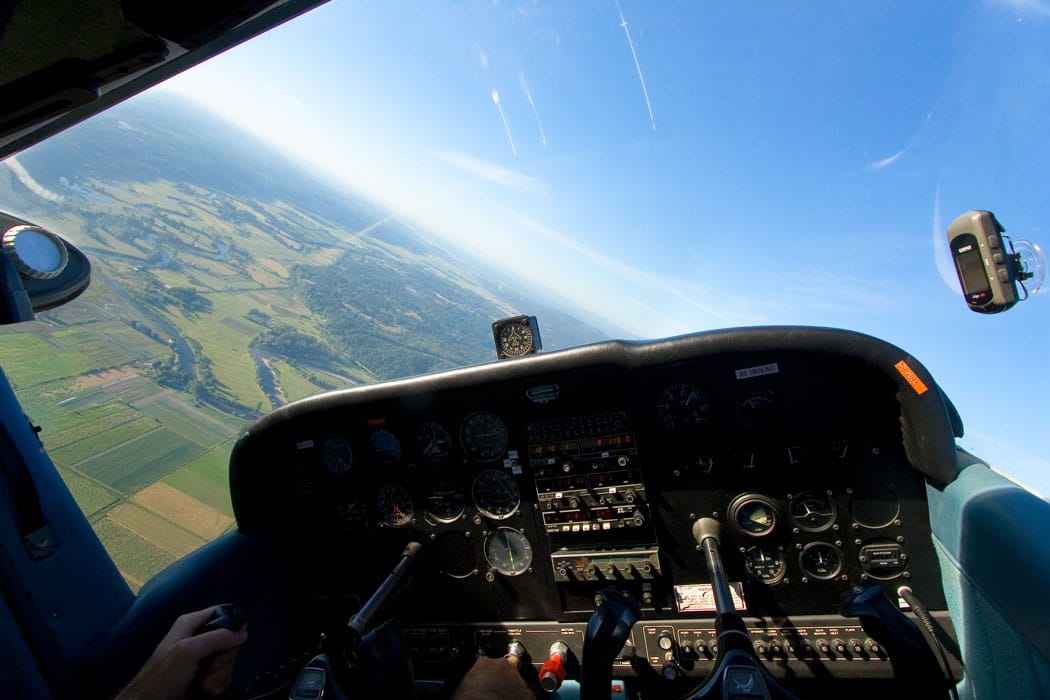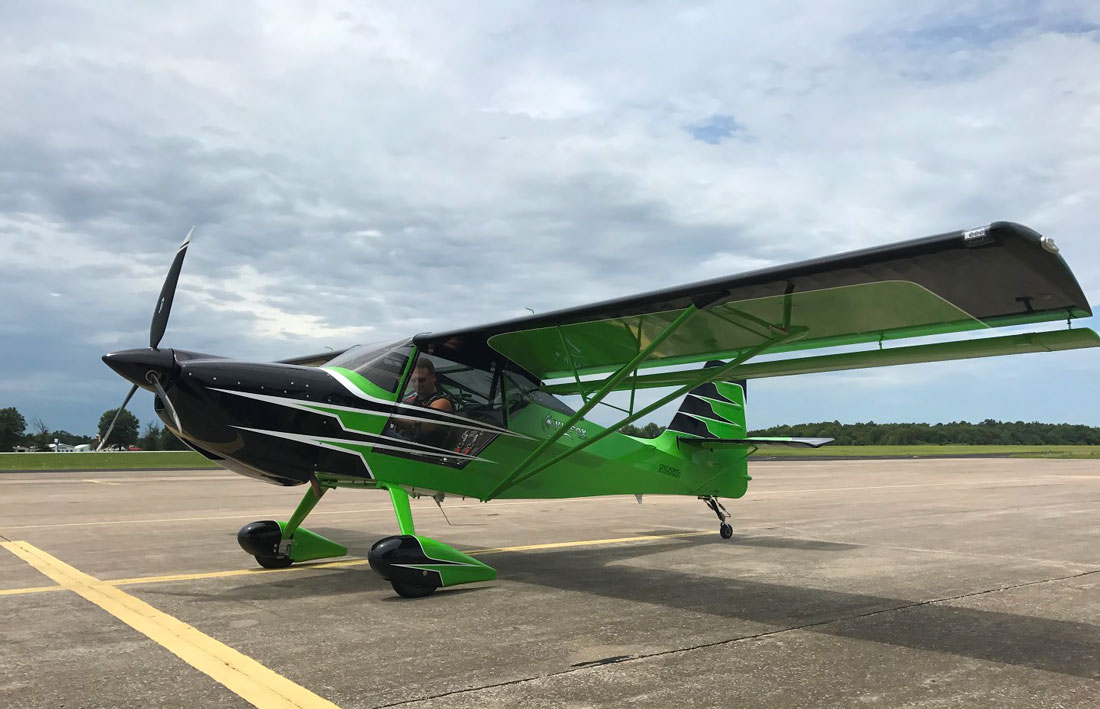The NTSB says loss of control accidents are the deadliest during the approach to landing, maneuvering, and initial climb phases.
The NTSB has released their 2017-2018 Most Wanted list, designed to “increase awareness of, and support for, the most critical changes needed to reduce transportation accidents and save lives.” And for a third year in a row, preventing loss of control (LOC) in flight remains their primary concern for general aviation.
Though the downward trend in general aviation GA accidents continues, in the NTSB’s view, it’s still “at an unacceptable rate.” According to the agency, from 2008 – 2014, roughly 48% of fatal fixed-wing GA accidents in the US were related to the pilot losing control of the aircraft in flight. These accidents resulted in 1,194 total fatalities during that period.
So What Are We Talking About Here?
The NTSB views an LOC accident as involving “an aircraft’s unintended departure from controlled flight” which can happen for a number of reasons “such as pilot distraction, loss of situational awareness, or weather.” The agency further specifies that the most common type of LOC is “a stall, including a post-stall spin” and that stalls may be happening because “a pilot lacks understanding about how a stall actually relates to exceeding a wing’s critical angle of attack (AOA), as opposed to the more common idea that it’s just related to airspeed.”
As an example, the agency cited a June 12, 2015, accident in Huggins, Missouri. The pilot, with four passengers, took off from a grass runway in a Beechcraft Bonanza A36. After making a right turn during the initial climb, the pilot then “failed to maintain airspeed and exceeded the airplane’s critical AOA, which resulted in an aerodynamic stall.” The pilot and his passengers were all killed in the accident.
And although LOC accidents occur during all phases of flight, the NTSB notes that statistically speaking, the approach to landing, maneuvering, and initial climb phases are the deadliest for LOC accidents.

My friend John was getting his Cessna 421 fueled up, Jim was doing the same for the Centurion and Peterson was happy to just be “shooting the shit” with some fellow pilots while it all happened.
I wasn’t a pilot yet. In fact, I had just been introduced to General Aviation maybe a month prior by Jim Hoddenbach. I think, more than really caring about the answer, I was trying to “fit in” and be a part of things, and that was the best question that I could think of at the moment to ask [Click here to read more…]
How Can Loss of Control Be Addressed?
The NTSB emphasizes that the pilot has “both the ultimate responsibility and the ultimate opportunity to reduce these accidents“, and is recommending pilots take the following actions:
- Understand stall characteristics and warning signs, and have the training to be able to apply the appropriate recovery techniques before the onset of the stall.
- Be aware that stall characteristics can “vary with aircraft loading and are usually worse at aft CG positions.“
- Understand that icing conditions can cause stalls to occur at a lower AOA
- Make use of available flight risk assessment tools and “use effective aeronautical decision-making techniques” when going thr0ugh pre-flight planning and during in-flight operations.
- Manage distractions so they don’t interfere with situational awareness.
- Seek out additional training in emergency response skills, so that when presented with those situations, the response is quicker, more natural and more effective.
- Stay current with the aircraft being flown.
- Take advantage of more available training opportunities, whether commercially, or through clubs and organizations.
- Consider having new technologies installed, such as an AOA indicator, that when combined with training on how to use the technology can assist pilots “during critical or high-workload phases of flight.“
Other items that made the NTSB’s list include reducing fatigue-related accidents, ending drug and alcohol impairment in transportation, requiring medical fitness, strengthening occupant protection, ensuring the safe shipment of hazardous materials, improving rail transit safety oversight, increasing the implementation of collision avoidance technologies, eliminating distractions, and expanding recorder use to enhance safety. You can more on these issues on the NTSB website.















its insane that pilots that fly any passengers that arent required to control their plane with mandortory upset \ aerobatic \ spin training. if a pilot cant handel the plane in all basic attitudes they at least should not be allowed to put thousands of injured killed passengers at risk. applicants taking their exam must thourly explain with a model plane for example the risk of not having the plane cordinated in all phases of flight .many pilots even atp,s dont feel comfortable in unusual attitudes. most planes will recover easely during the first turn. many cfi,s wont do spin training ,thats unbelievable but true. everyday on the news another or more stall\spin fatalites. loops, spins ,hammerhead, rolls etc. are totaly fun that you truly feel allways in control as should.